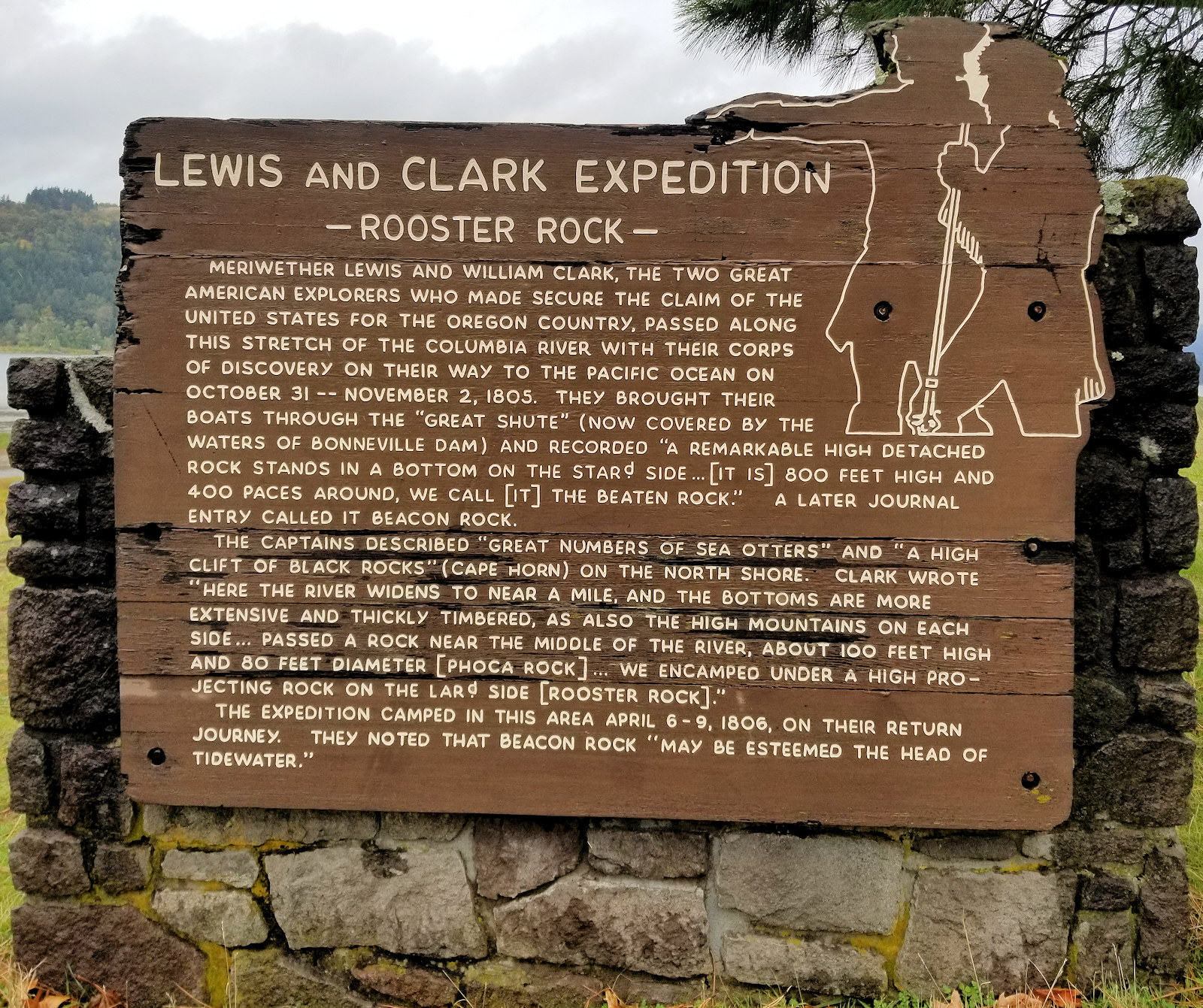 Eastern Mojave Vegetation
Eastern Mojave Vegetation
 Eastern Mojave Vegetation
Eastern Mojave Vegetation
| Interpretive panel at Rooster Rock State Park |
|
|

If you have a question or a comment about this photograph you may write to me at: tomas@schweich.com I sometimes post interesting questions in my FAQ, but I never disclose your full name or address. |

Photographed 20 October 2017.
Location records that use this photograph:
Article records that use this photograph:
Other photos about Geography - Oregon or Multnomah County.
|
|
Date and time this page was prepared: 5/12/2025 3:03:50 PM |